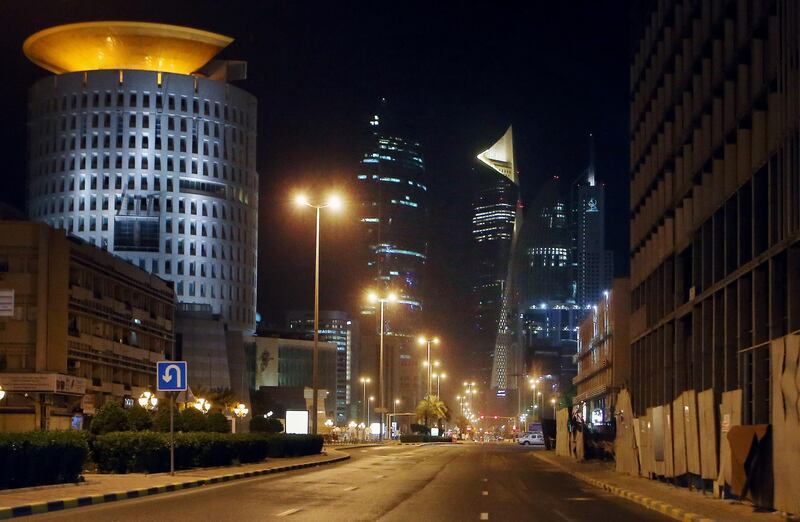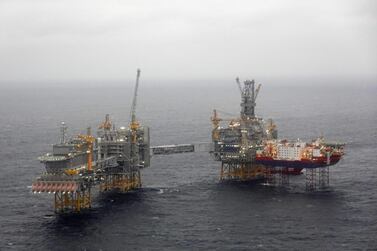A decision to downgrade the ratings of two Gulf states was taken on an assumption of oil prices that is too negative, according to Kuwait Asset Management Company’s Investment arm.
On Saturday, ratings agency S&P Global lowered Kuwait’s long-term foreign and local currency credit ratings by a single notch to 'AA-' from ‘AA’. It also cut Oman’s sovereign rating to BB-, from BB, pushing it deeper into non-investment grade territory and giving it a negative outlook, suggesting greater downside risk.
However, the note from Kamco Invest vice-president Junaid Ansari and assistant vice-president Thomas Mathew argued the S&P decision is based on a view of oil prices – the main source of revenue for both countries – that is too negative.
“We believe that the oil price outlook by S&P shows an extremely depressed view of the oil market for the remainder of 2020. The average oil price expectation of $30 per barrel is too low, in our view, as the current median forecast for Brent, according to consensus estimate, is at $44 per barrel for 2020, increasing to $55 per barrel in 2021,” it said.
“Moreover, we believe that the current oil market is oversold and reflects panic in reaction to the Covid-19 situation, coupled with the excess supply coming out of the failed OPEC+ meeting, ignoring any likely production cuts in the near term.”
S&P’s rationale for its downgrade to Kuwait’s credit rating was that its previous calculations were done in January, when it expected Brent prices to average $60 per barrel this year, falling to $55 per barrel next year. Beyond lower oil revenue, it said it also expects Kuwait’s economy to be impacted by Covid-19, as about 80 per cent of its exports go to Asia where demand for oil has already been affected by measures to mitigate the spread of the virus.
“We now forecast GDP per capita at just under $22,000 for 2020, down from almost $29,000 previously,” S&P Global said.
Yet the forecast fails to take into account the expected decline in oil supply from US shale producers currently struggling with lower prices, Kamco’s analysts said.
US oil exploration and production companies took 40 oil rigs out of production last week, which was the largest one-week decline since the second quarter of 2015, Emirates NBD commodities analyst Edward Bell said in a note issued on Sunday.
There are also likely to be increases in Kuwaiti output given the expiration of the Opec+ agreement and the potential for supply to be further increased from the Neutral Zone bordering Saudi Arabia.
For Oman, the situation is slightly more difficult, given more than 80 per cent of its debt is foreign currency-denominated and held by non-residents. As a result, S&P said it expects funding costs will rise as portfolio flows to emerging markets weaken.
Despite this, S&P Global maintained its view that “timely support from neighbouring countries in the Gulf Cooperation Council would be forthcoming, if needed”.








